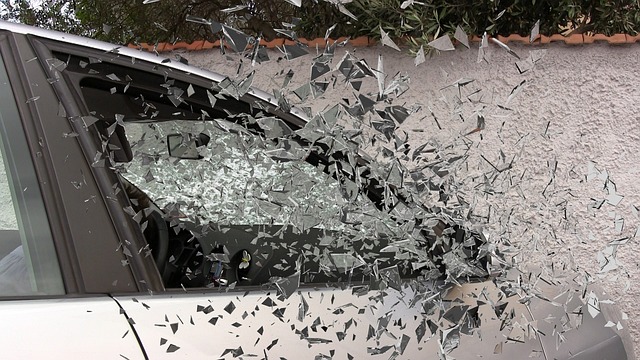Defective product liability laws hold manufacturers and sellers accountable for harm caused by unsafe products, empowering consumers to seek justice and compensation. Proving a direct link between the faulty product and resultant harm, along with manufacturer duty of care, causation, and damages, is crucial. Legal experts assist in gathering evidence, navigating jurisdiction-specific frameworks, and organizing presentations to demonstrate that the product defect directly caused injuries, differentiating from other negligence cases.
Proving a defective product injury in court requires a strategic approach and a deep understanding of liability laws. This article guides you through the process, from grasping the fundamentals of defective product liability to building a compelling case and presenting it effectively in court. We’ll explore key strategies for success, ensuring you have the tools needed to advocate for your rights and seek justice for a defective product injury.
- Understanding Defective Product Liability Laws
- Building a Solid Case for a Defective Product Injury
- Presenting Your Case in Court: Effective Strategies
Understanding Defective Product Liability Laws

Defective product liability laws are designed to hold manufacturers, distributors, and sellers accountable for selling products that cause harm to consumers. If you’ve suffered a defective product injury, understanding these laws is crucial. These legal principles establish a framework where individuals can seek justice and compensation for their injuries resulting from faulty or dangerous goods. The primary goal is to encourage businesses to maintain high safety standards and ensure consumer protection.
When pursuing a case, it’s essential to prove that the product was defective, the manufacturer had a duty of care, the breach of this duty directly caused your injury, and you incurred damages as a result. This process often involves complex legal arguments, which is why consulting with an experienced truck accident lawyer or legal professional specializing in product liability cases is advisable. They can guide you through the intricacies, helping you secure the injury compensation you deserve, especially in instances involving caregiver negligence.
Building a Solid Case for a Defective Product Injury

Building a solid case for a defective product injury requires careful gathering and presentation of evidence. The first step is to establish a clear connection between the product and the harm sustained. This involves demonstrating that the product was in a defective state at the time of purchase or use, and that this defect directly caused the injury. Legal professionals can help gather crucial evidence such as purchase records, expert opinions, and medical reports to strengthen the case.
Additionally, understanding the legal framework surrounding defective product liability is essential. Depending on the jurisdiction, different laws may apply, with some focusing more on manufacturer responsibility and others emphasizing on product safety standards. In cases involving elder law or caregiver abuse, for instance, proving negligence can be critical. Similarly, commercial disputes often require a nuanced approach, where the focus shifts to contractual obligations and breach of warranty claims.
Presenting Your Case in Court: Effective Strategies

When presenting your case for a defective product injury in court, it’s crucial to employ strategic approaches that can effectively convey your narrative. Begin by thoroughly organizing your evidence, including medical records, expert opinions, and any documentation related to the incident. Presenting this material in a clear and chronological order helps judges and juries understand the sequence of events leading up to the injury.
Use visual aids such as diagrams or demonstrations to illustrate how the defective product malfunctioned and caused harm. This can significantly impact the court’s perception of your case, especially when compared to similar cases like nursing home neglect or caregiver abuse, where evidence is often more subtle and subjective. Ensure your legal team crafts a compelling narrative that connects each piece of evidence to the central argument—the product’s defect directly led to the observed injuries.
Proving a defective product injury in court requires a comprehensive understanding of liability laws and a robust case strategy. By meticulously gathering evidence, consulting experts, and employing effective presentation techniques, you can navigate the legal process successfully. Remember, the goal is to showcase the harm caused by the defective product and hold manufacturers accountable for their negligence. With the right approach, victims can secure justice and compensation for their injuries.






